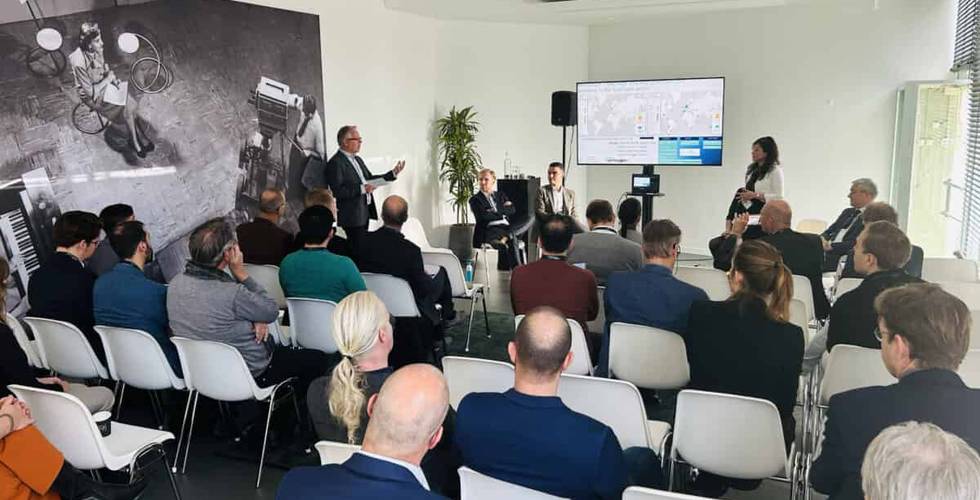Samenvattend komt het rapport tot de volgende conclusies (in het Engels):
▪ The quick scan provides insight into challenges, risks and innovative solutions around developing both large-scale (100 MW+) electrolysis projects and the wider green hydrogen value chains in the Netherlands. These insights will support GroenvermogenNL in the development of a subsidy scheme for large[1]scale electrolysis projects, which are to be realised by 2026.
▪ One of the main overarching challenges in the development of the green hydrogen value chain is the availability of sufficient renewable electricity to power large-scale electrolyser plants, in combination with the inherent intermittency of renewables. Electrolyser systems need to run at significant load, with a minimum number of operating hours per year, in order to reduce H2 production costs. The matching of supply and demand of renewable electricity for the production of green hydrogen presents a significant challenge.
▪ Matching H2 supply and demand via flexible offtake (H2 end-use processes), as well as buffering by connection to the H2 grid and storage, is needed to improve the security of supply of green H2 . Green H2 import can also contribute to the security of supply. To stimulate flexible H2 demand, production processes using H2 should be adapted and temporary hybrid solutions using both H2 and other energy carriers need to be developed.
▪ A key takeaway is that we need to put in place transparent certification for green hydrogen. Both individual and corporate consumers need high quality certification to ensure value of green hydrogen vs grey hydrogen. The certification market for green hydrogen is still in its infancy. The first green hydrogen certificates were recently launched in the Netherlands and an international system of hydrogen certificates based on European regulations is still under discussion.
▪ Another important point to consider is the safety aspects of hydrogen. Safety can be divided in three main items, being (1) safety perception of H2 , (2) a lack of safety standards, including the relevant failure data especially for stacks, and (3) differences in acceptable safety risk mitigation measures. Safety norms & standards for (the integration of) electrolyser systems, H2 transport by metallic and non-metallic pipelines, and H2 storage facilities need to be developed.
▪ The technology for the transport and storage of gaseous H2 is relatively advanced and already exists on a case-by-case basis. However, the availability of the related know-how and experience is limited. Improvements can be made by developing standards and norms available to a broader group of stakeholders and users, especially regarding Health, Safety and Environment.
▪ To support the green hydrogen supply chain in general, the parties receiving funding should disseminate project information (anonymously) regarding Health, Safety and Environment, technical and economical operations.
▪ The footprint of hydrogen projects should be reduced by stimulating development of local supply chains for materials, equipment and technology & service providers
The various available technologies for green H2 production by water electrolysis need to be developed further to increase efficiency, reliability, durability and circularity, whilst reducing CAPEX. This includes the reduction of the use of scarce, expensive and unsustainable materials. These technological developments will contribute to a reduction of green hydrogen costs (LCOH).
▪ Locations for electrolyser projects should take space utilisation and physical integration in the local systems into account (e.g. congestion of electricity grid, residual heat, oxygen production and H2 demand).
▪ Considering the current and expected future shortages of qualified (technical) personnel with knowledge of and experience with H2, knowledge sharing should be stimulated, and training opportunities should be offered. In addition, stimulating digitalisation, automation and the use of robots can be beneficial to minimise the demand for personnel across the green hydrogen value chain, as well as promoting consistent high quality of the product, especially in manufacturing
Link: Voorbeeld (np-groenvermogen-production.s3-eu-west-1.amazonaws.com)


